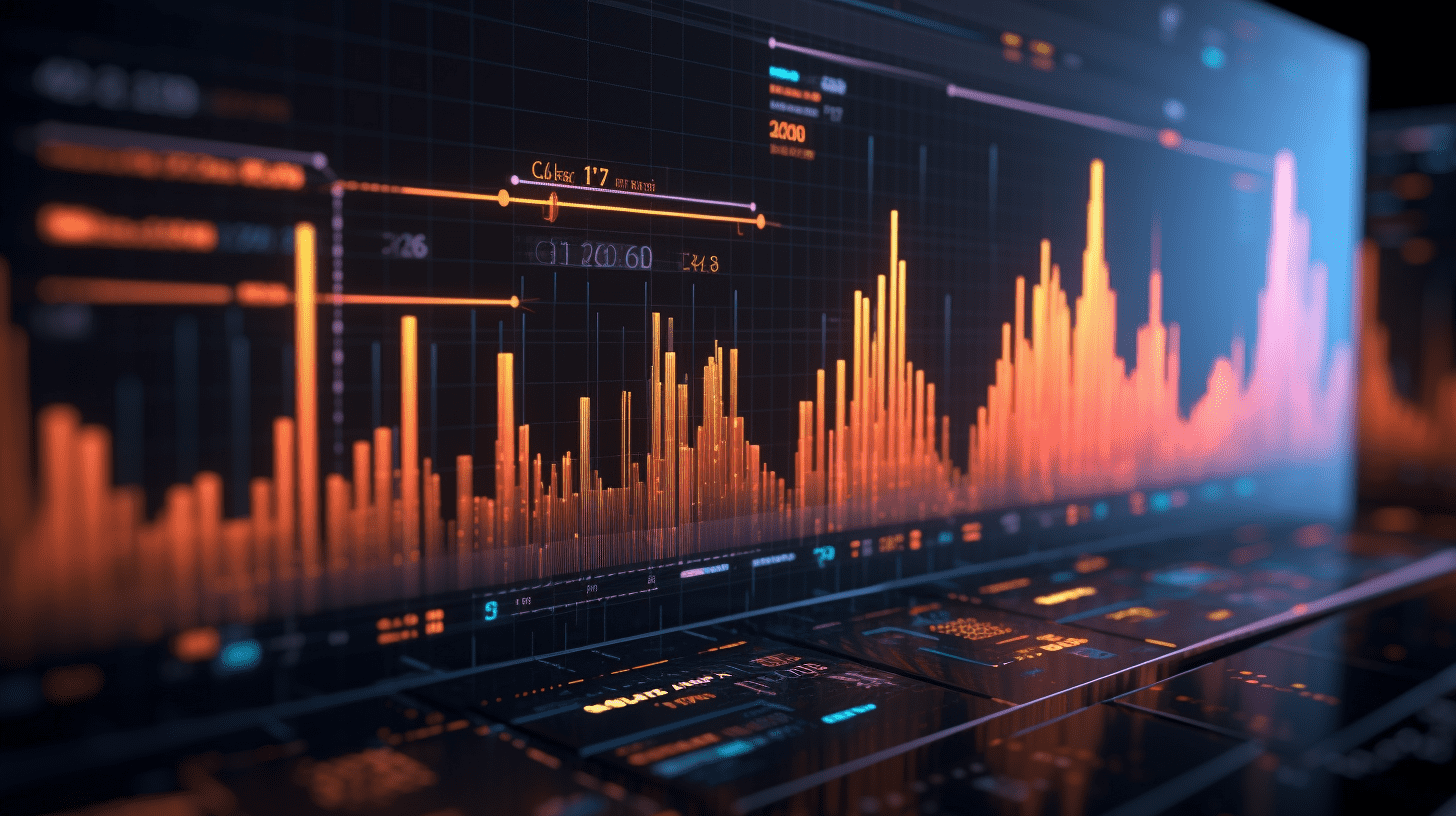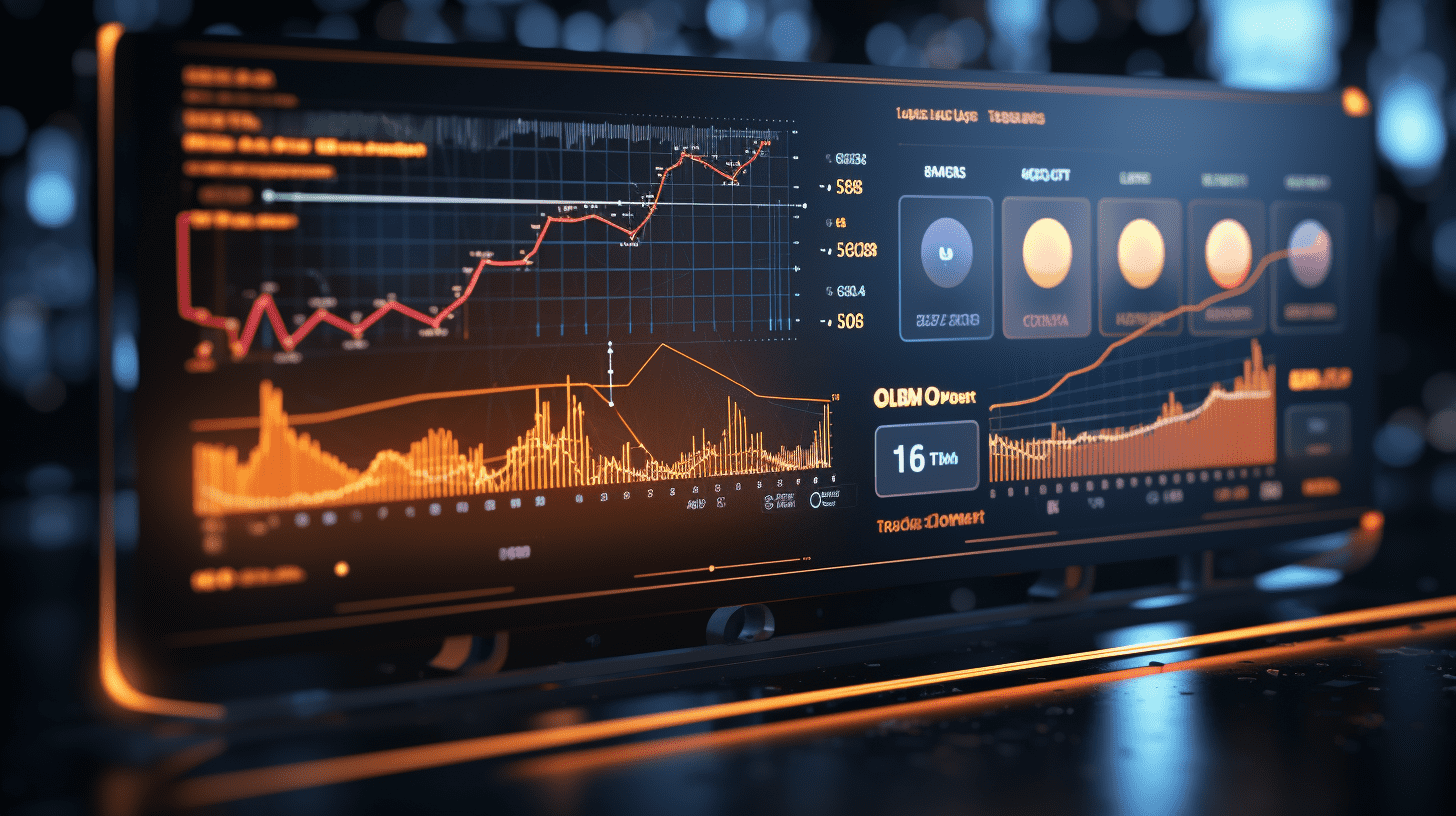Behind the bottom-fishing frenzy in US stocks: Are tech giants facing a "trust crisis"?
On Monday, the theme of buying on dips dominated the US stock market, but the options market released a key signal: there is still a serious difference of opinion among traders about the future trends of tech giants in the coming months.
On Monday, buying on dips became the main theme in the US stock market, but the options market released a key signal: traders still have serious disagreements about the future trends of tech giants in the coming months.
The super tech stocks that have led the US stock market to rise in the past two years are now facing intense confrontation between long and short camps - the positions of call options and put options are almost evenly split. This sharp contrast with the overall optimism of option traders, as tariff tensions ease, they generally have a bullish stance on the market.
Christopher Jacobson, co-head of derivatives strategy at Susquehanna International Group, said, "Investors still have fears of downside risk, so the demand for put options is strong. At the same time, some investors may be underweight in tech stocks after the tariff disputes, and are now capturing potential rebounds through call options."
This relationship underscores how polarized investor views on tech stocks have become, as tech stocks have been impacted by volatility in the trade war initiated by Trump. On one hand, these companies have strong financial strength and can withstand supply chain disruptions; but on the other hand, their valuation levels remain high, profit growth expectations are slowing, and the returns on investments in technologies like artificial intelligence (AI) are being questioned.
For example, the demand indicator for call options on Invesco's QQQ Trust Series 1 ETF, which tracks the Nasdaq 100 index, has risen to the 67th percentile over the past year, reaching its highest level since January; while the put option cost indicator is at the 87th percentile. The gap between the two was heavily skewed towards bearish a few weeks ago, but has now returned to near the median of the past year.
Joe Mazzola, chief trader and derivatives strategist at Charles Schwab Corp, said traders are positioning themselves for these positions because "they expect the market to experience substantial ongoing volatility."
Key suspense awaits resolution
Although the Nasdaq 100 index has regained most of its lost ground since April due to tariff concerns, the outlook for the tech sector is still murky. Tech giants such as Apple Inc. (AAPL.US), Alphabet Inc. Class C (GOOGL.US), Amazon.com, Inc. (AMZN.US), and Tesla, Inc. (TSLA.US) are still in a downtrend for the year. It is worth noting that most of the tech giants that have reported earnings in this earnings season have shown strong profit resilience, successfully coping with Trump's erratic trade policies. NVIDIA Corporation (NVDA.US), the last of the "big seven" to report earnings, will announce its results on May 28th Eastern Time.
It is certain that some institutional investors still hold a bullish view on the short-term trend of specific tech giants.
Alex Kosgolyadov, global head of equity derivatives at Nomura Holdings, Inc. Sponsored ADR, said that traders have heavily bought call options that expire in August for Amazon.com, Inc. and Microsoft Corporation (MSFT.US).
This sentiment is in line with short-term market outlook. However, in the long run, Mandy Xu, director of market intelligence at Cboe Global Markets Inc, pointed out in a report that bets on call options for the S&P 500 index six months out "remains quite subdued".
Related Articles

Plaza Accord 2.0 is coming? Citigroup predicts that the US dollar will start a devaluation channel after the G7 meeting.

Xu Zhengyu: Make efforts from three perspectives to promote Hong Kong to become a world-class international capital market.

Vice Minister of Commerce and Deputy Representative for International Trade Negotiations, Ling Ji, meets with a delegation of 48 British companies.
Plaza Accord 2.0 is coming? Citigroup predicts that the US dollar will start a devaluation channel after the G7 meeting.

Xu Zhengyu: Make efforts from three perspectives to promote Hong Kong to become a world-class international capital market.

Vice Minister of Commerce and Deputy Representative for International Trade Negotiations, Ling Ji, meets with a delegation of 48 British companies.

RECOMMEND





